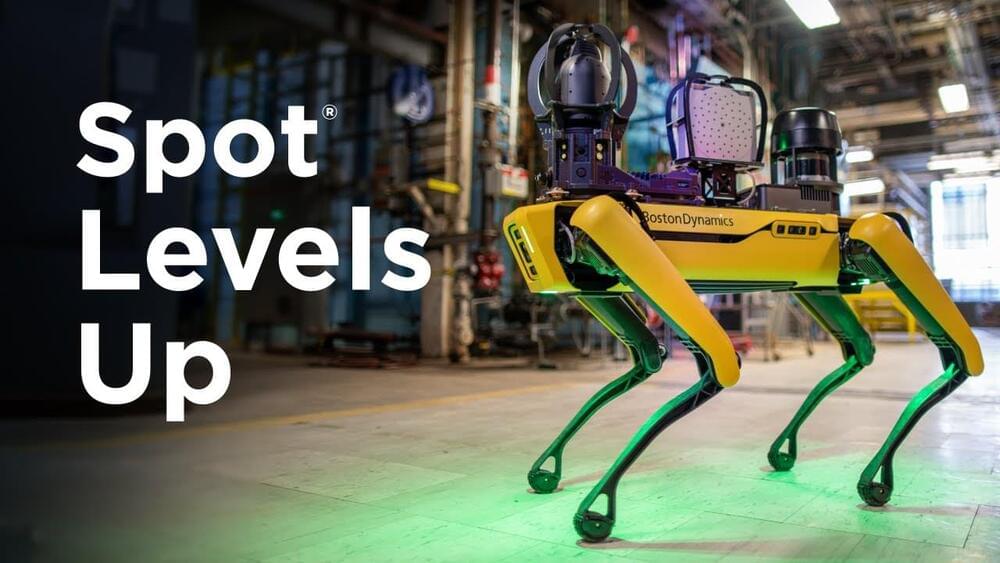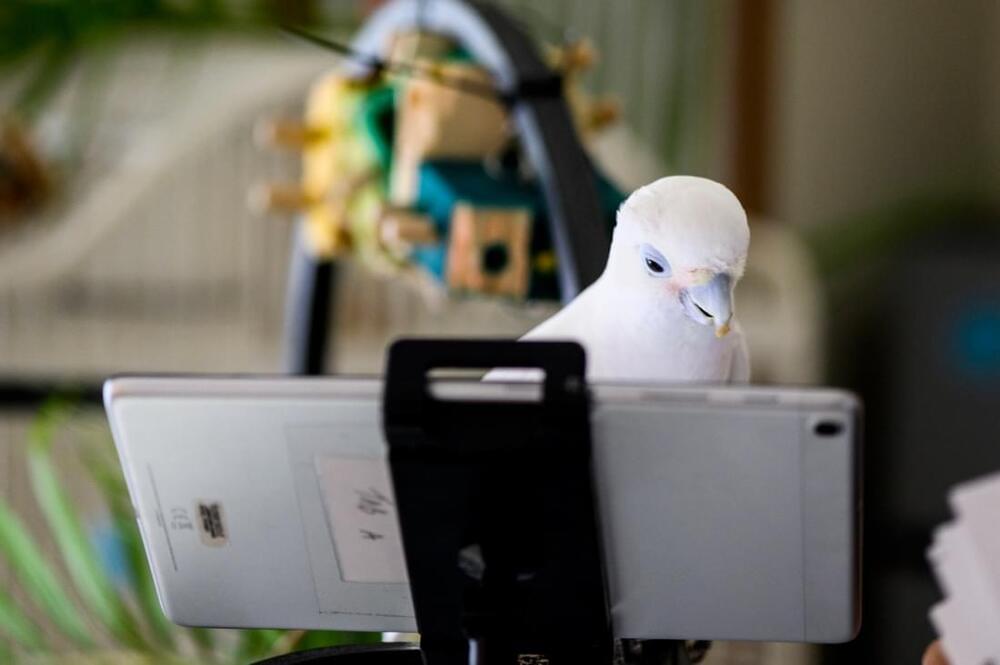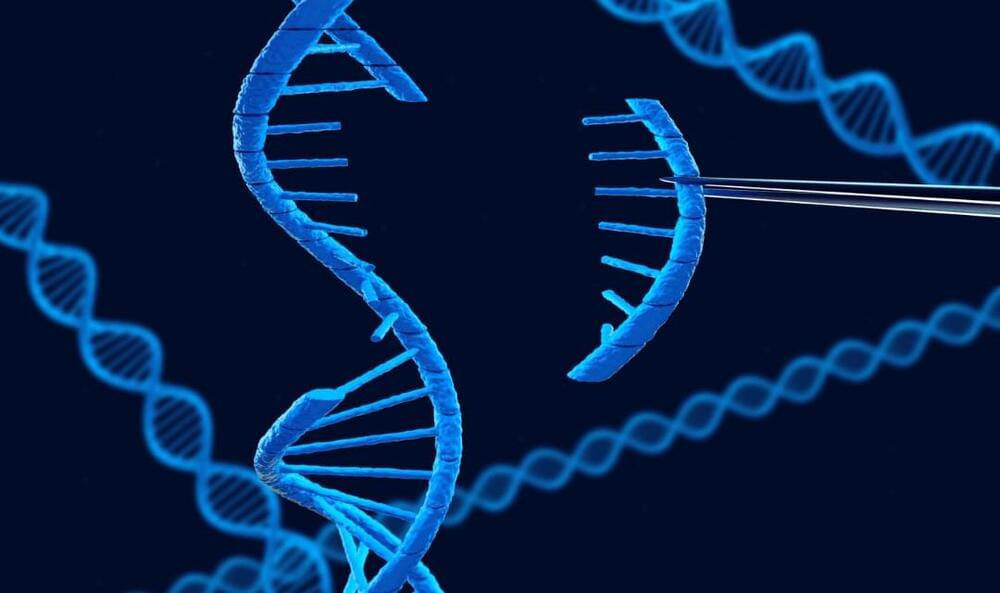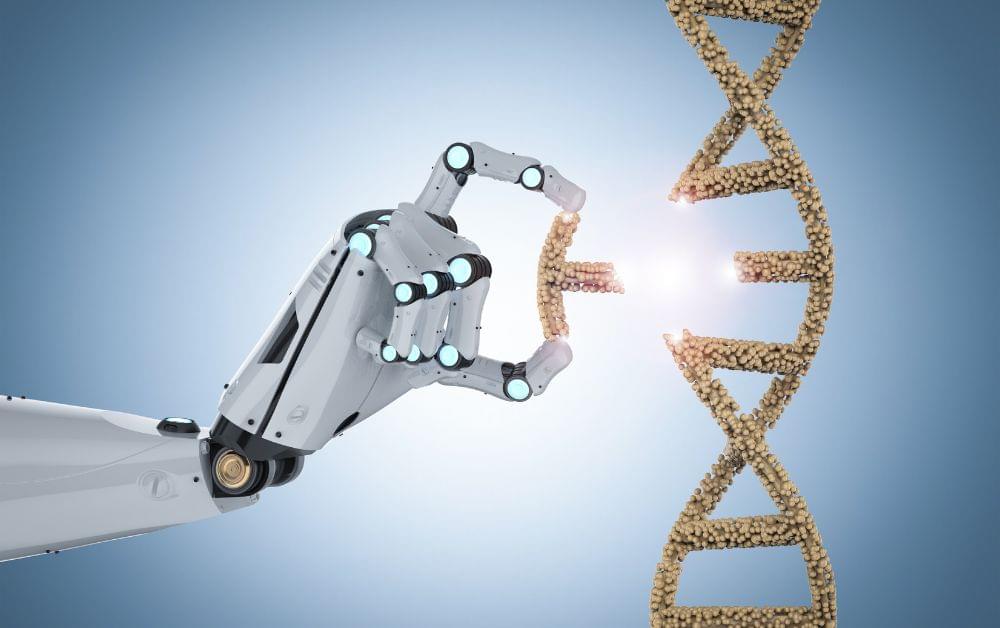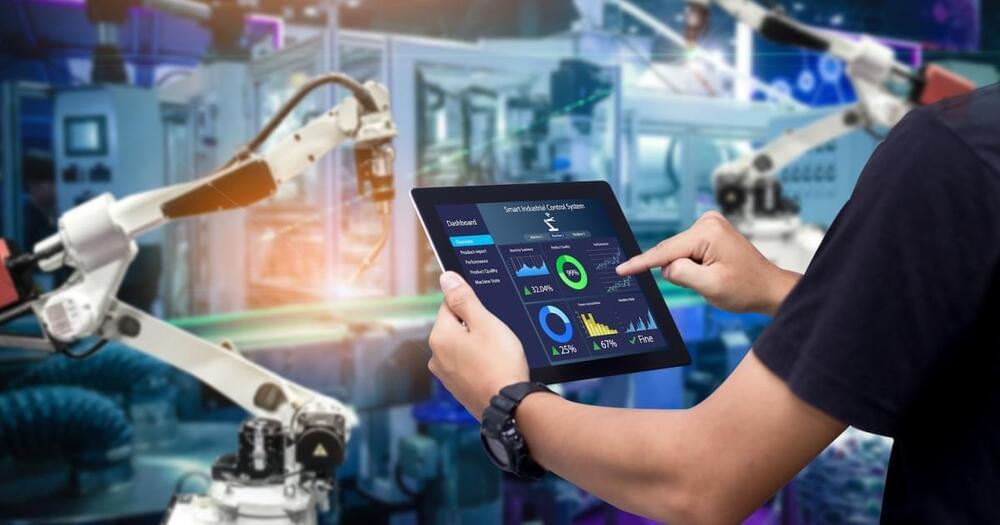Jun 6, 2023
First-of-its-kind Mars livestream interrupted
Posted by Alberto Lao in categories: economics, space
This site is currently unavailable to visitors from the European Economic Area while we work to ensure your data is protected in accordance with applicable EU laws.

